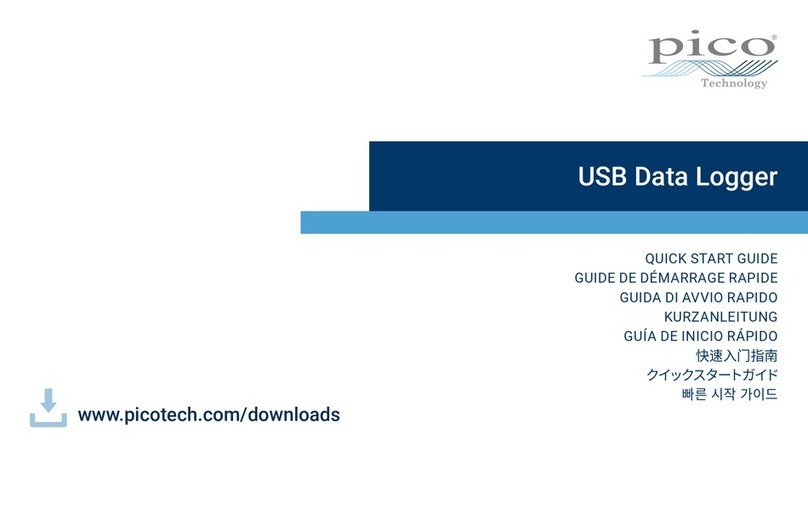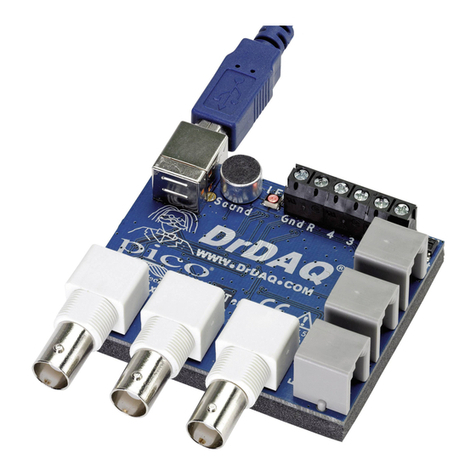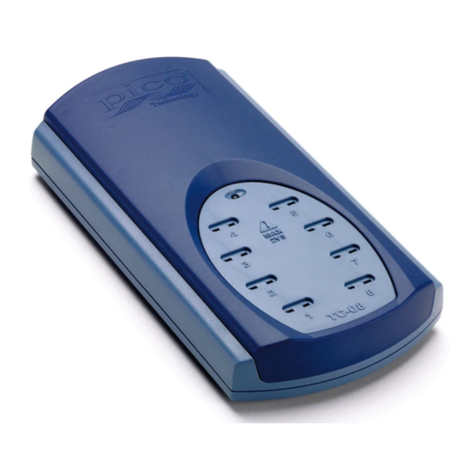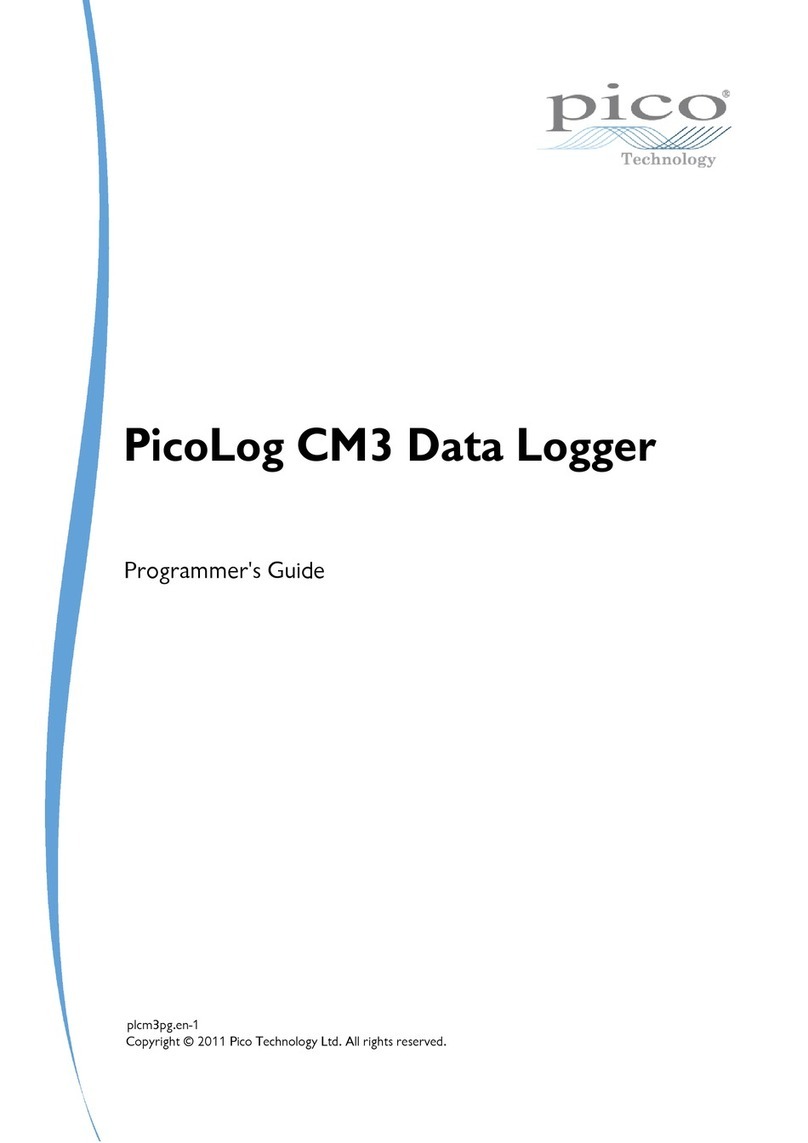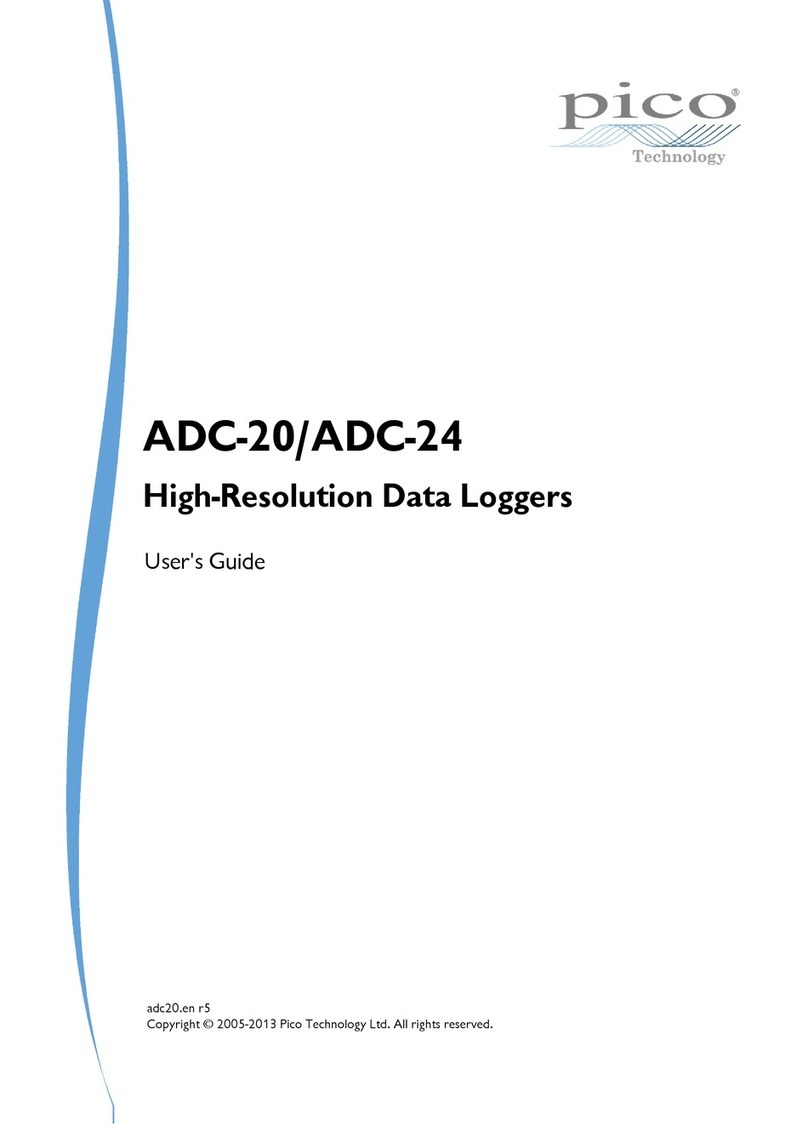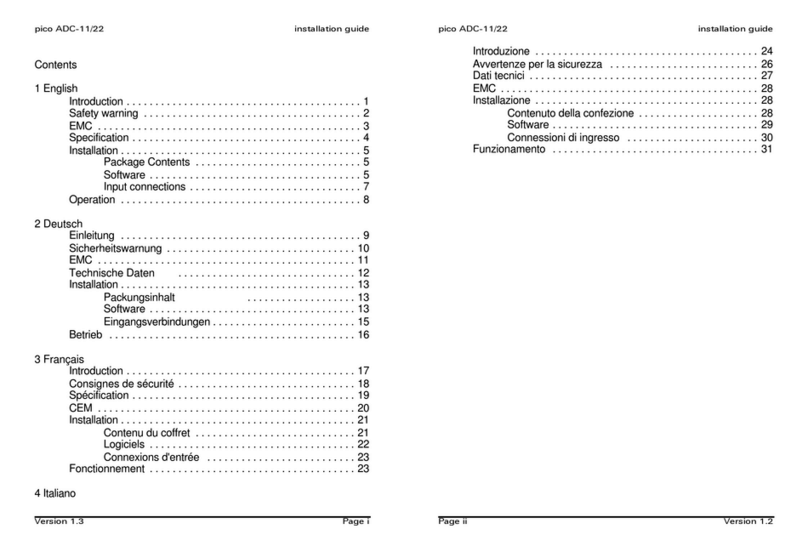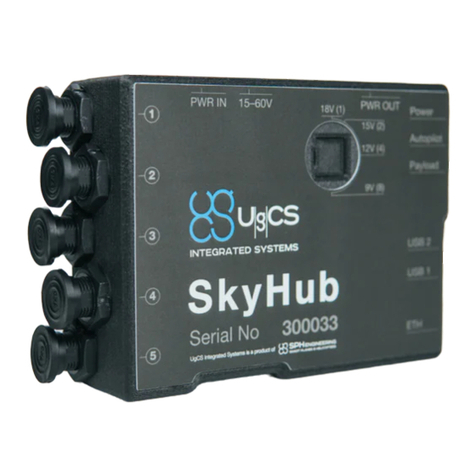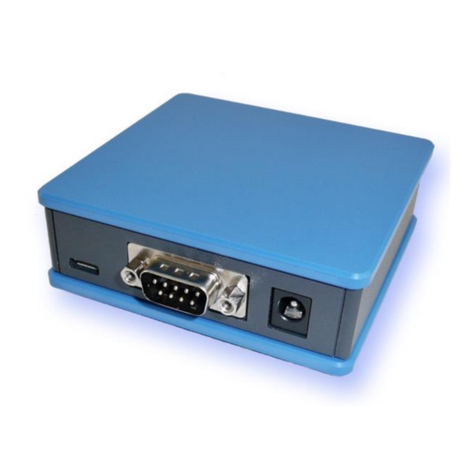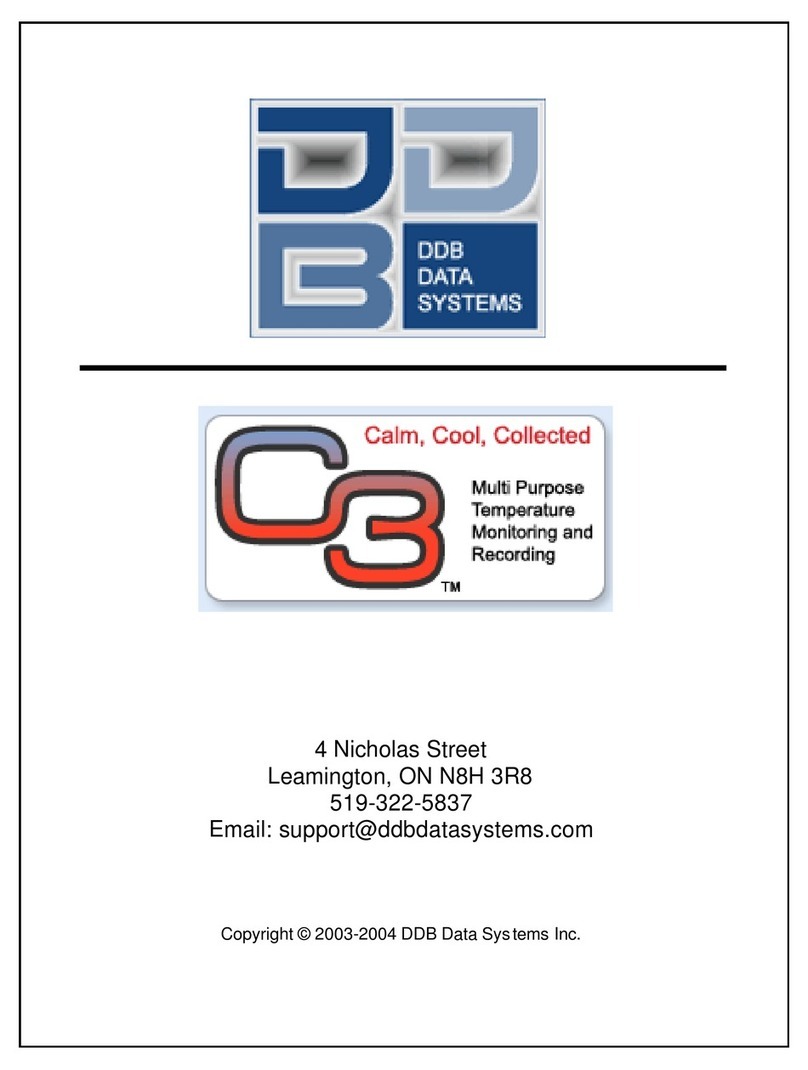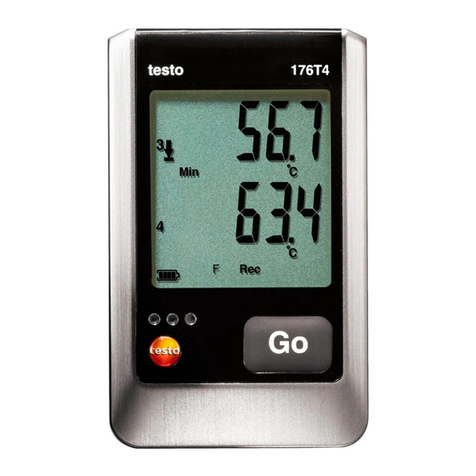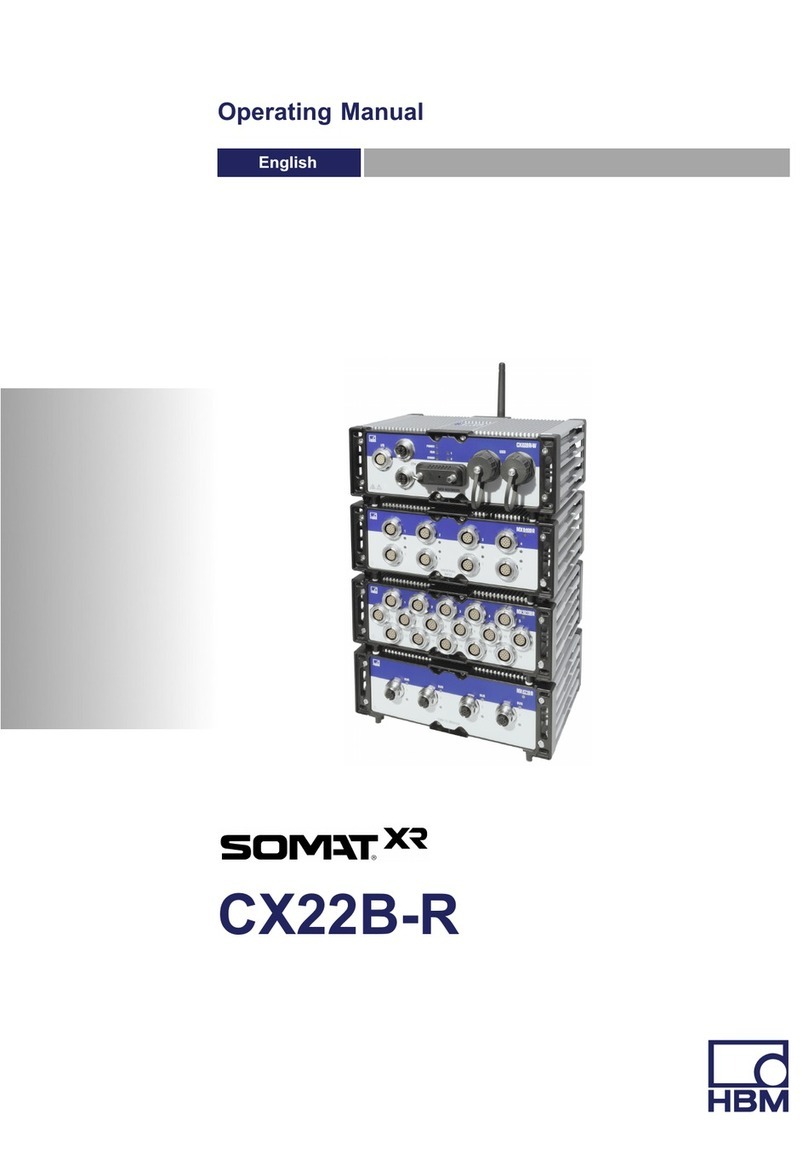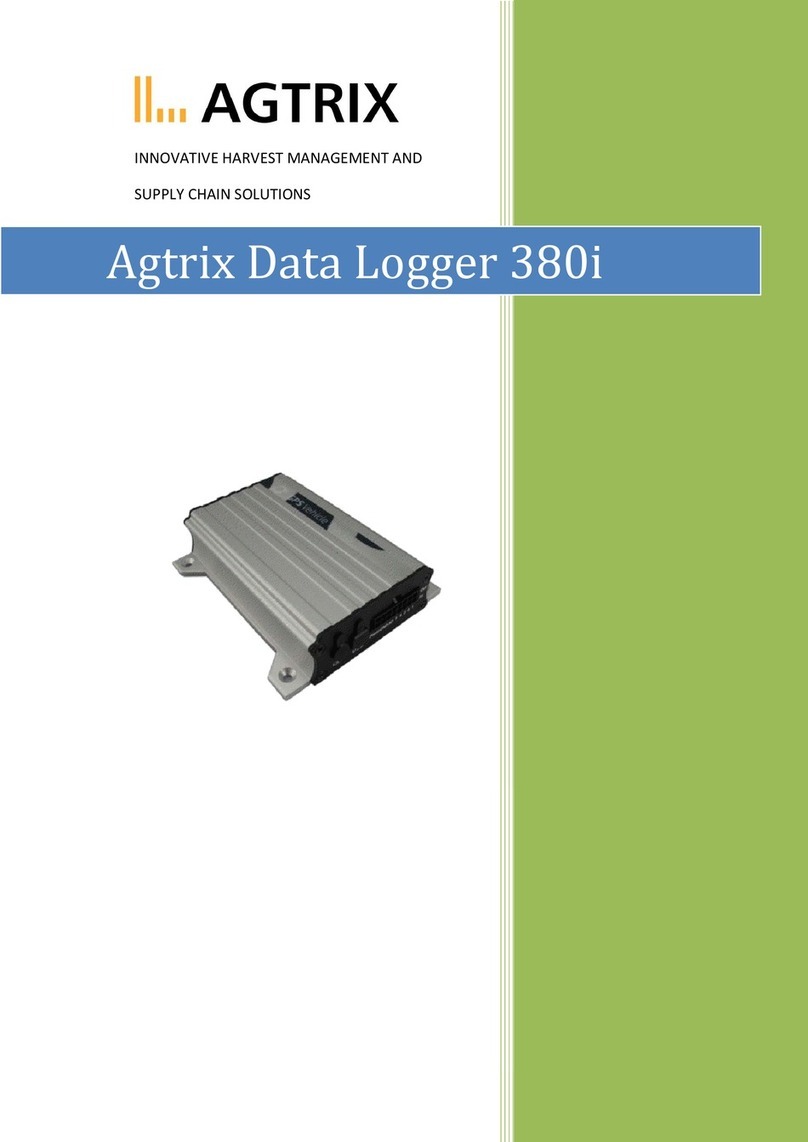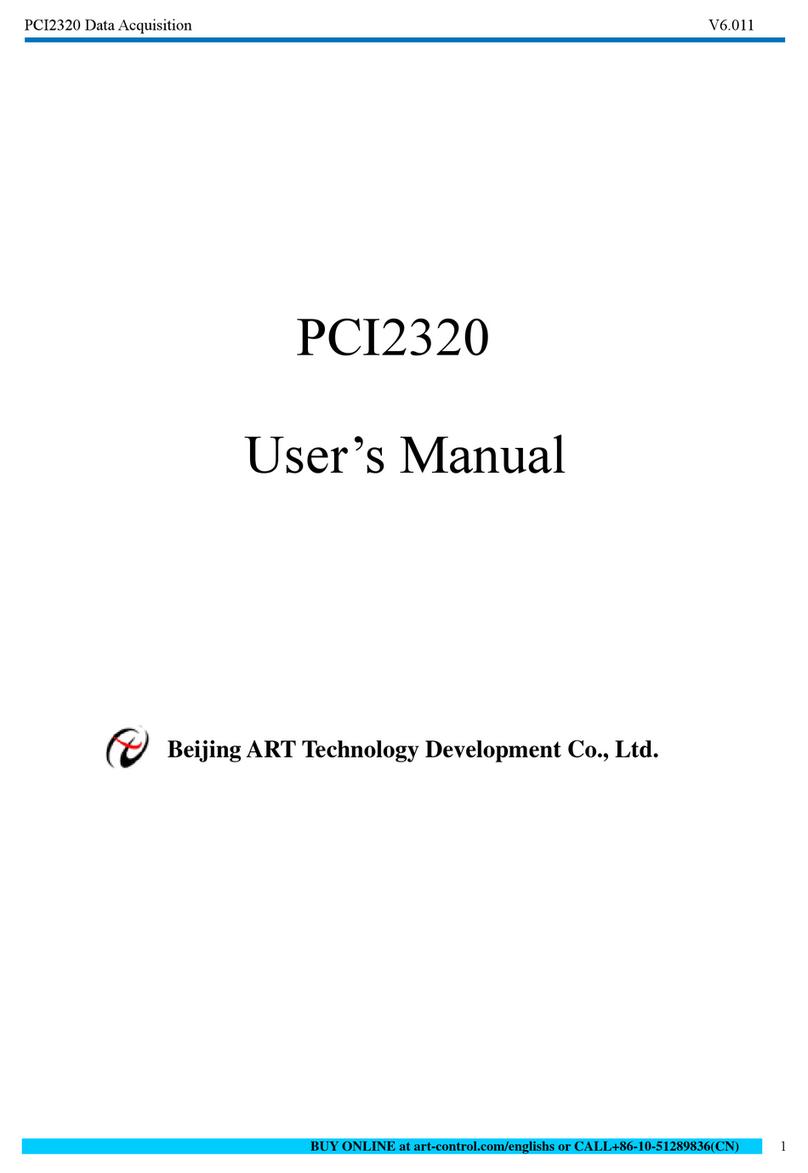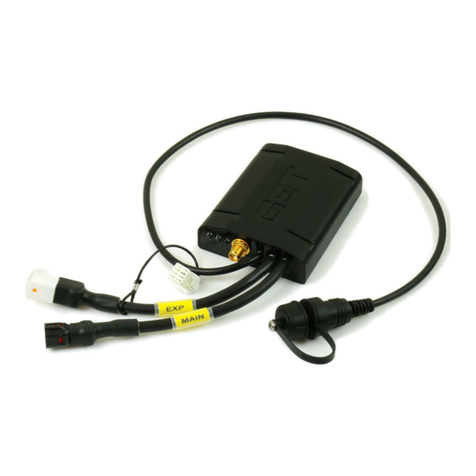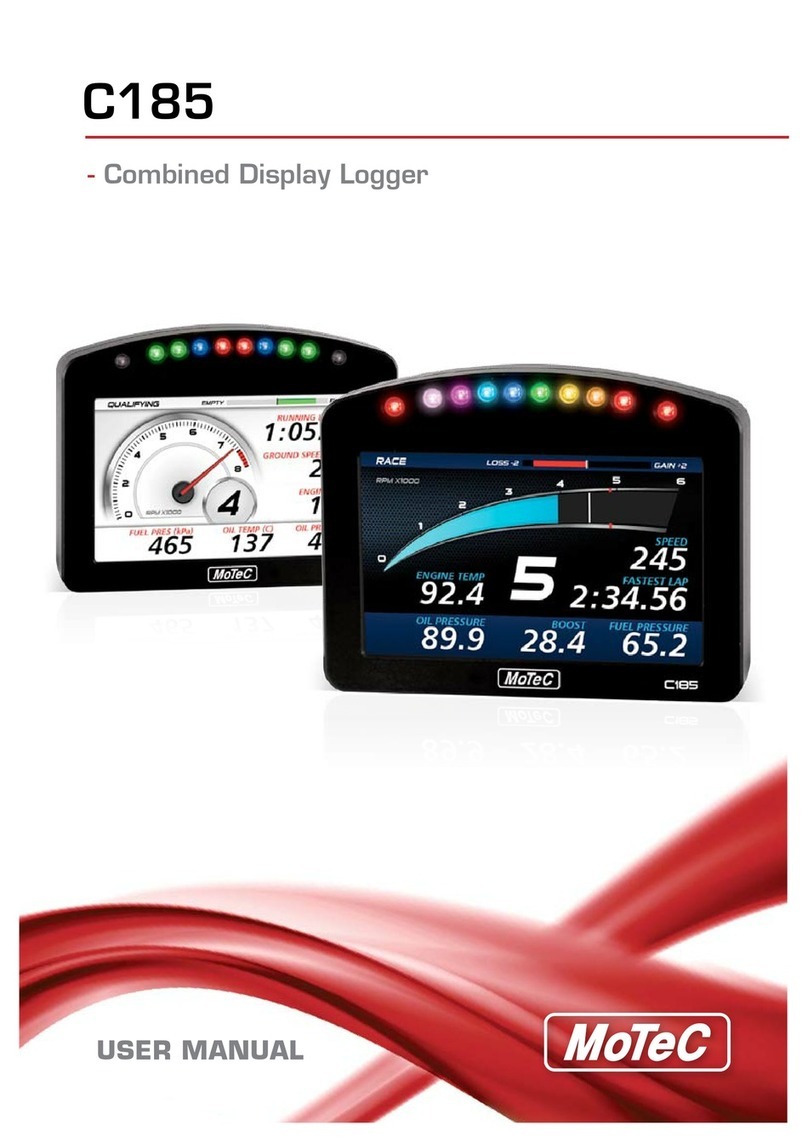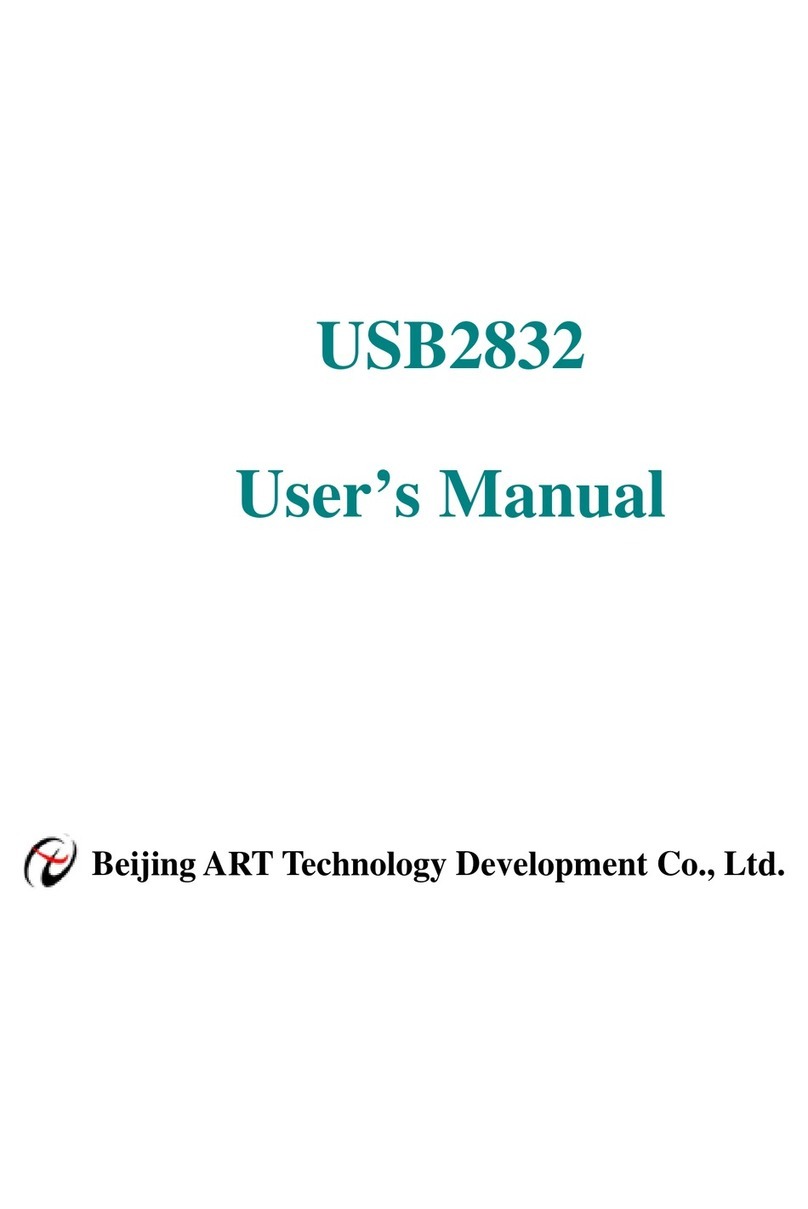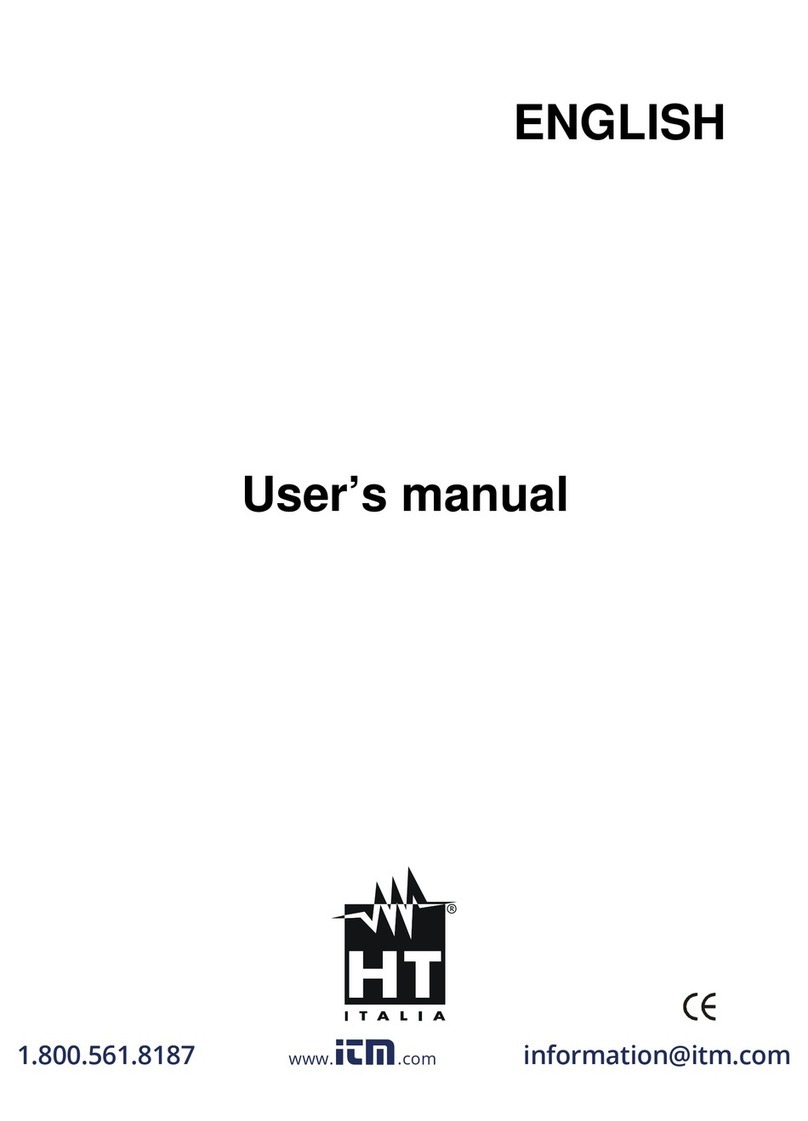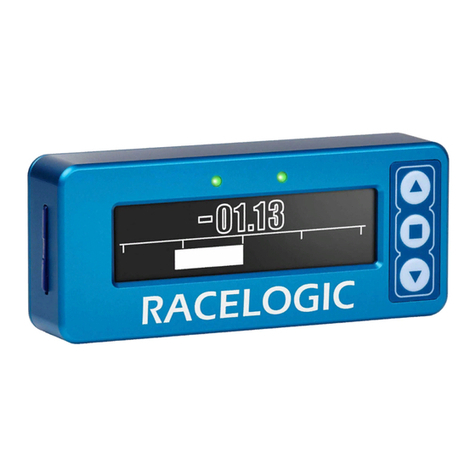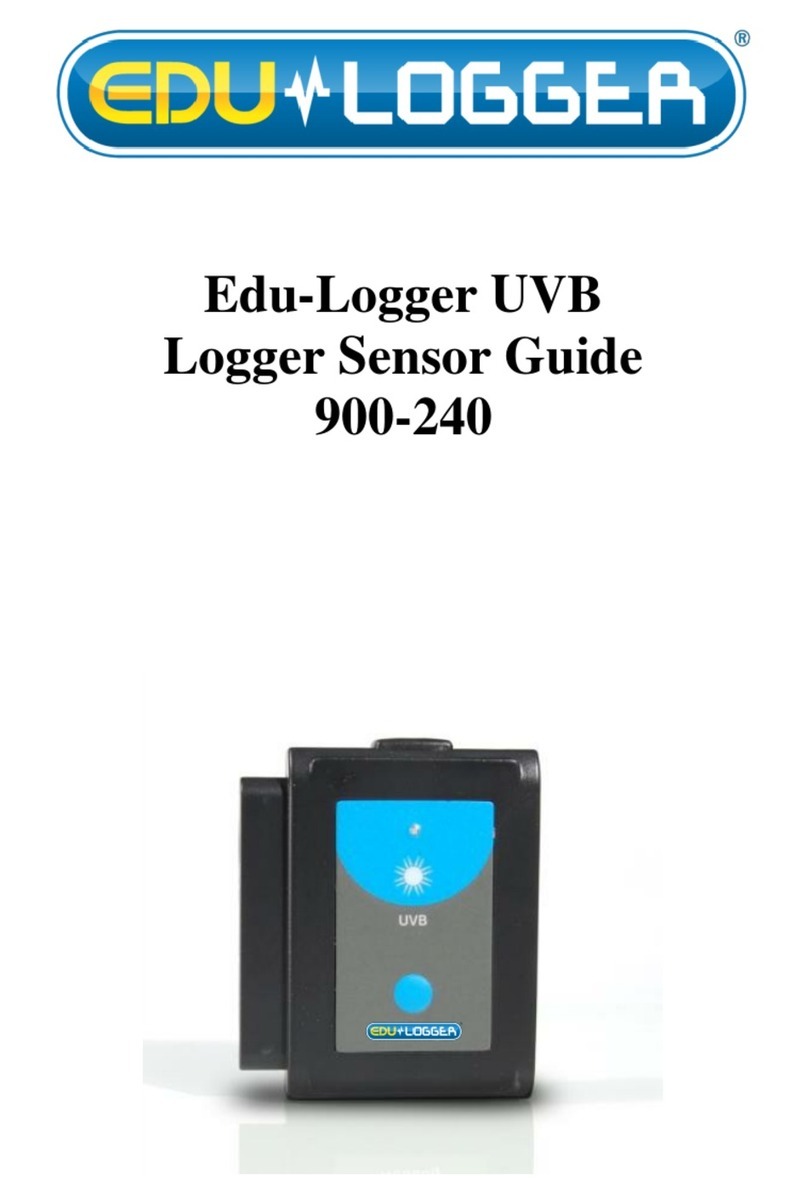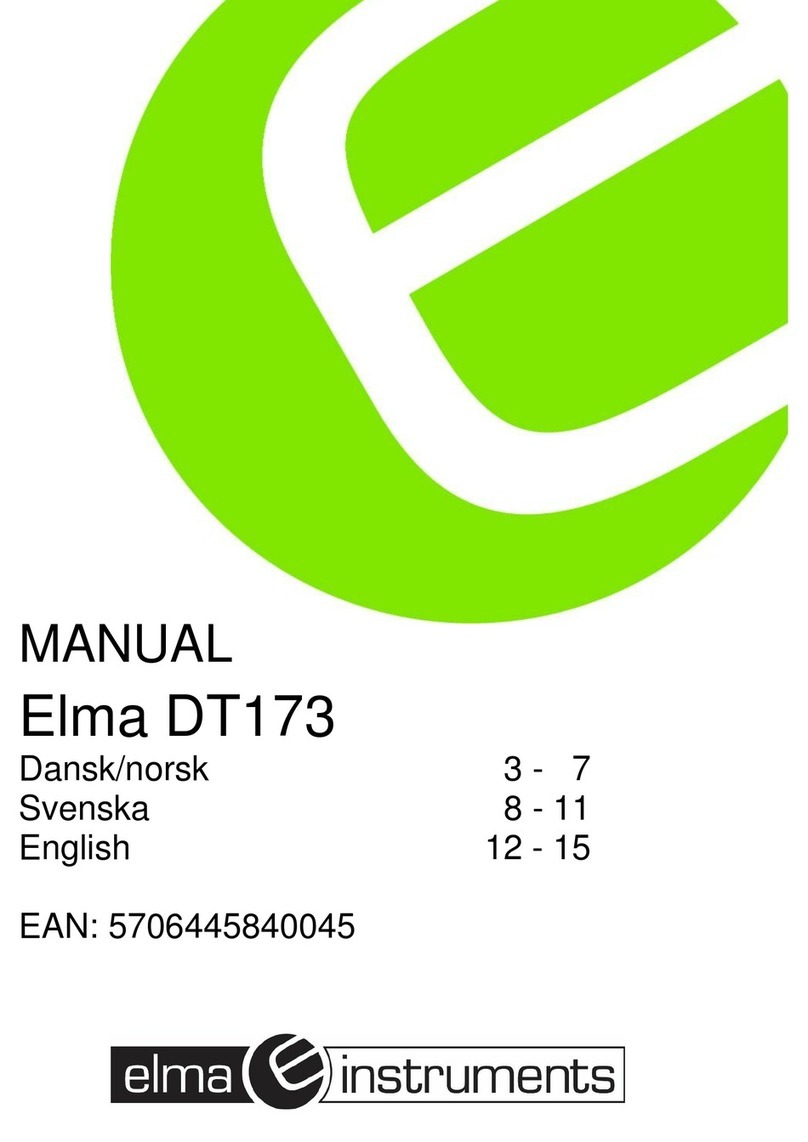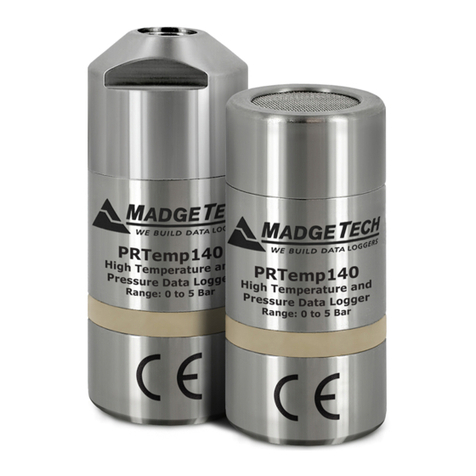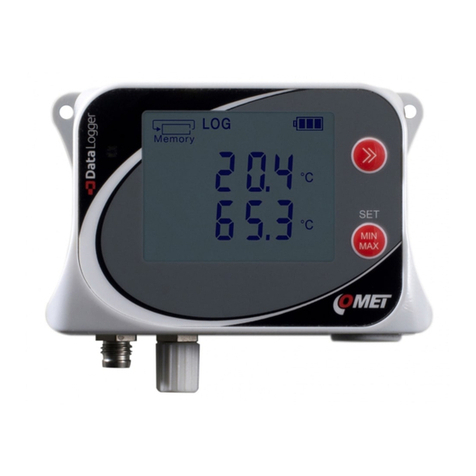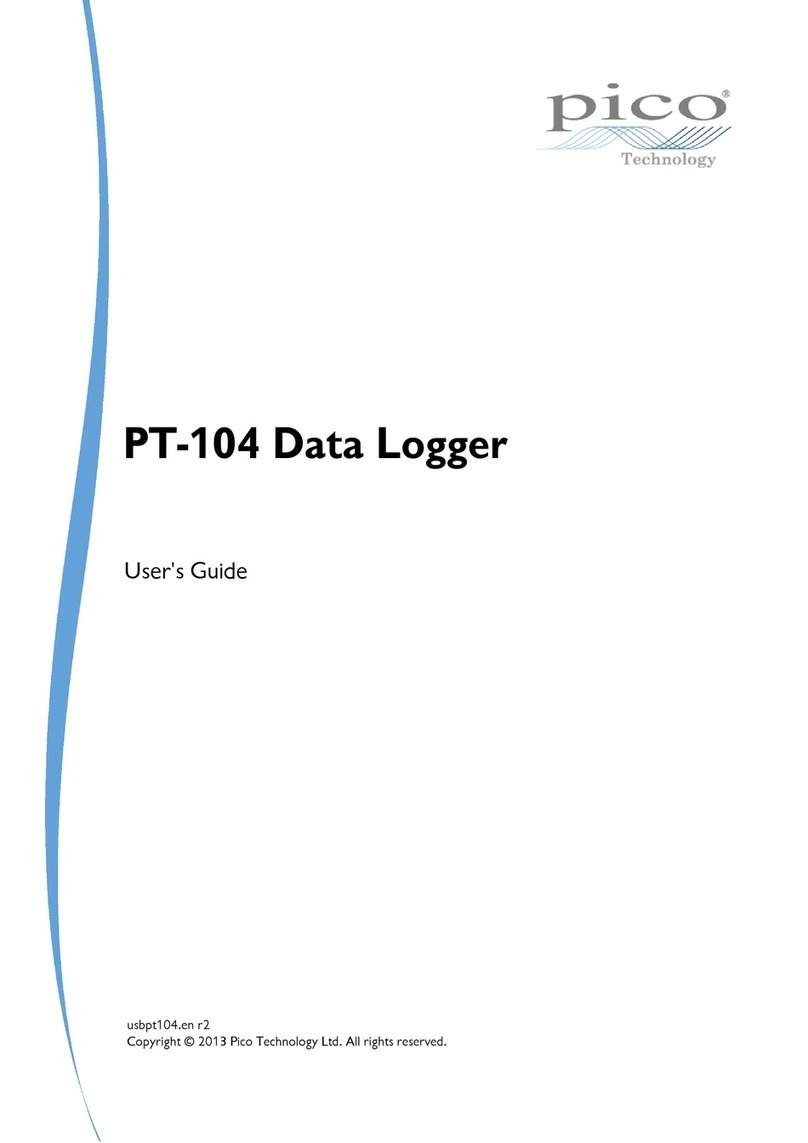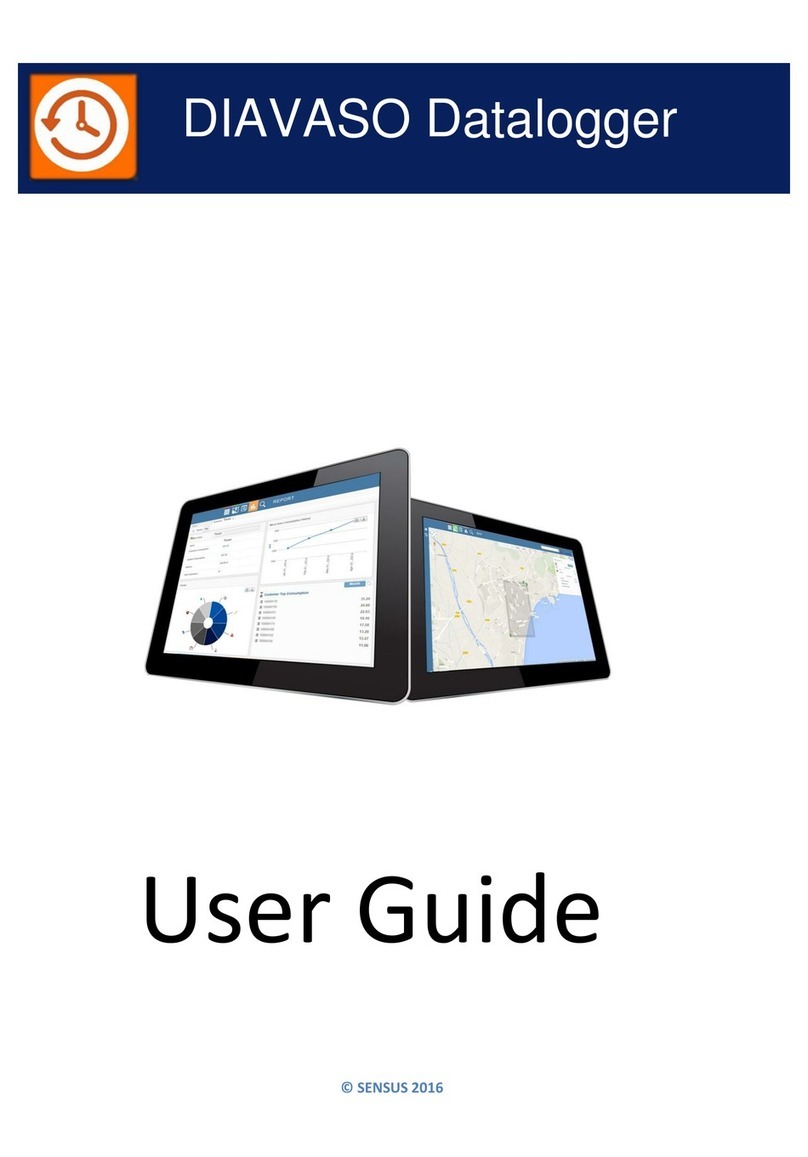
Contents
I
Copyright © 2005–2019 Pico Technology Ltd. All rights reserved.adc20.en r1
Contents
1 Overview .............................................................................................................................. 1
2 Notices ................................................................................................................................ 2
1 Legal information ................................................................................................................................... 2
2 Trademarks ............................................................................................................................................ 2
3 Getting started .................................................................................................................... 3
1 Installing the software ........................................................................................................................... 3
2 Connecting the data logger .................................................................................................................. 3
4 Concepts ............................................................................................................................. 4
1 Recording methods ................................................................................................................................ 4
2 Windows driver ....................................................................................................................................... 4
3 Scaling .................................................................................................................................................... 4
5 Driver functions .................................................................................................................. 5
1 HRDLCloseUnit – shuts down unit ........................................................................................................ 6
2 HRDLCollectSingleValueAsync – sample a single value, non-blocking .............................................. 7
3 HRDLGetMinMaxAdcCounts – return the maximum and minimum ADC count ................................ 8
4 HRDLGetNumberOfEnabledChannels – return the number of analog channels enabled ................. 9
5 HRDLGetSingleValue – take one sample for the specified channel ................................................. 10
6 HRDLGetSingleValueAsync – retrieves reading after call to HRDLCollectSingleValueAsync() ...... 11
7 HRDLGetTimesAndValues – return time-stamped samples ............................................................ 13
8 HRDLGetUnitInfo – returns unit information as character string ...................................................... 14
9 HRDLGetValues – return samples for each enabled channel ........................................................... 16
10 HRDLOpenUnit – open a data logger ................................................................................................ 17
11 HRDLOpenUnitAsync – open a unit without blocking the calling thread ........................................ 18
12 HRDLOpenUnitProgress – check progress of an asynchronous open operation .......................... 19
13 HRDLReady – find out if readings are ready to be collected ........................................................... 20
14 HRDLRun – start sampling ............................................................................................................... 21
15 HRDLSetAnalogInChannel – enable or disable an analog channel ................................................ 22
16 HRDLSetDigitalIOChannel – set a digital output or input (ADC-24 only) ........................................ 23
17 HRDLSetInterval – set the sampling time interval ........................................................................... 25
18 HRDLSetMains – set the mains noise rejection frequency ............................................................. 26
19 HRDLStop – stop the device when streaming ................................................................................. 27
6 Sequence of calls and data flow ..................................................................................... 28
1 Streaming recording methods ............................................................................................................. 28
1 Collecting a block of data ........................................................................................................ 28
2 Collecting windowed or streaming data ................................................................................. 29
2 Single-value recording methods .......................................................................................................... 30
1 Collecting a single reading, blocking ...................................................................................... 30
2 Collecting a single reading, non-blocking ............................................................................... 30
7 Glossary ............................................................................................................................ 31
